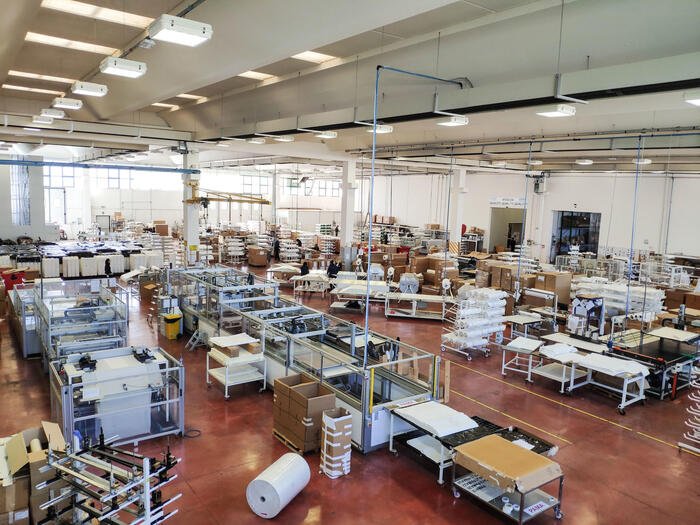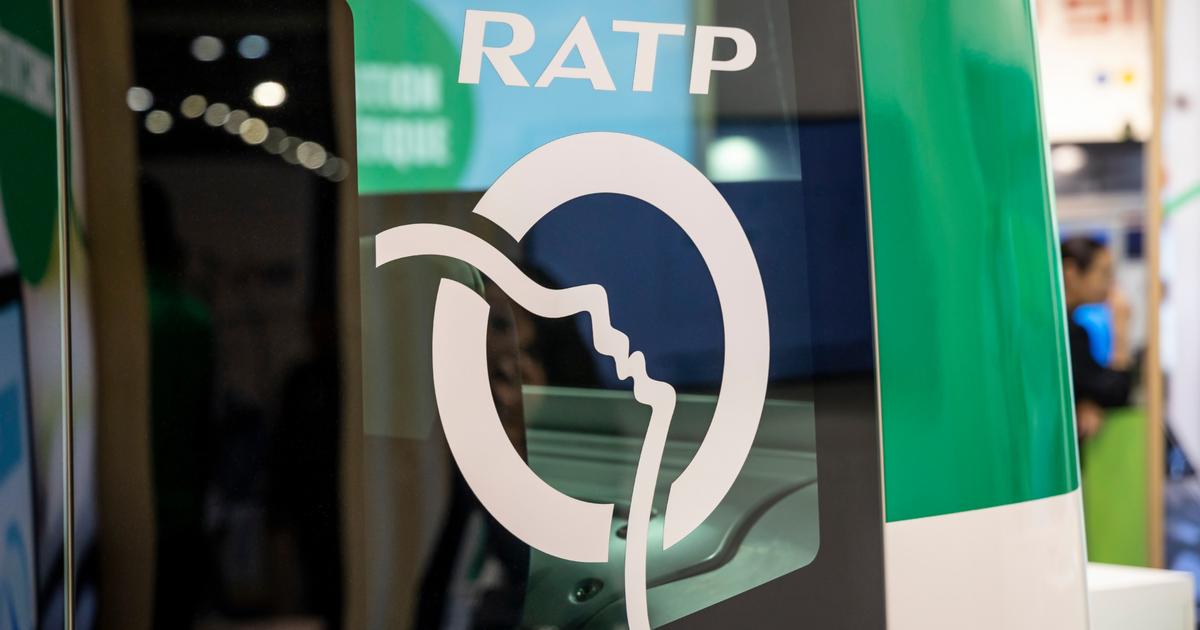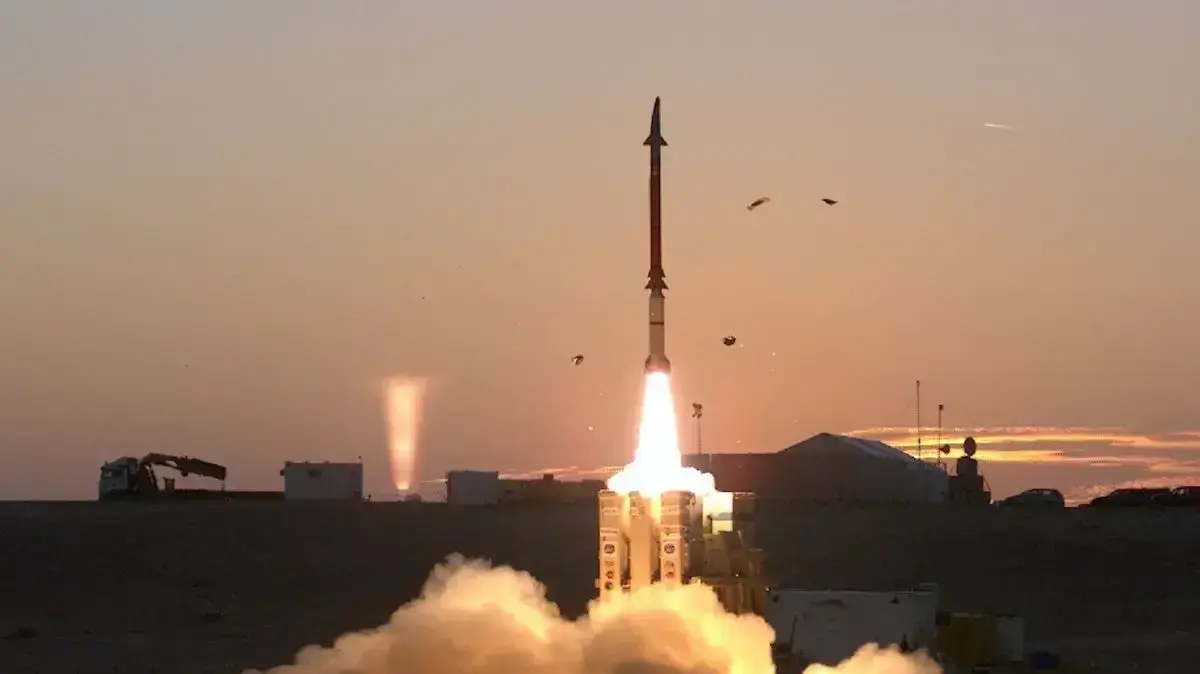A woman puts gasoline in her vehicle in Madrid, on June 17.
Pérez Meca - Europa Press / Europa Press
The escalating cost of energy continues to be the great catalyst for inflation around the world.
The Organization for Economic Cooperation and Development (OECD) reported this Monday that prices rose 3.8% on average among its members during the month of May.
And he points to one factor as key: energy prices grew 18.6%, their highest rate since September 2008, just before the Great Recession caused their collapse.
More information
Families and companies pay almost 30% more for energy in the last year
The impact of the rise in energy will continue to be felt in the months to come, as oil has continued to appreciate since then, with European brent above $ 76, 10% above the close to $ 70 at the end of May. . The clash between Saudi Arabia and the United Arab Emirates within the Organization of the Petroleum Exporting Countries (OPEC) over production increases for this year and the next is increasing uncertainty, and threatens to provoke further price increases if the positions are fester.
Among the largest economies, the United States is by far the country where inflationary pressure has been most strongly felt. Prices grew by 5% in May, which has made the voices of the
hawks
more audible
- that's the name of those who hold the toughest, most
orthodox positions
- calling for a withdrawal of the large stimuli deployed by the White House , and it has led the Federal Reserve to act to avoid excessive overheating: it advanced a few months - until the end of 2023 - its forecast of the first rise in interest rates.
The rise in Germany, the European country where inflation is traditionally perceived in a more negative way among its leaders, was half that in the United States, 2.5%, after five uninterrupted months of progress due in part to the decision of the German government to withdraw the VAT reduction to encourage consumption during the pandemic. Except for Japan, where it was still slightly negative despite abundant liquidity injected into the system, price increases were widespread in May. In Spain they grew by 2.7%, their highest level in four years, and in the euro area by 2%. In other large European economies, such as France (1.4%) and Italy (1.2%), the rise in prices is more contained.
Although energy is always listed first, there are other variables in the equation.
Raw materials such as copper and iron have reached record highs, the boom in global demand has caused bottlenecks in supply chains and shortages of chips, essential for the production of cars, game consoles, telephones, computers or medical equipment.
And the reduction of the offer usually implies an increase in price.
In addition, the savings impounded during the pandemic, when restrictions stifled consumption, is beginning to circulate, especially in countries that are in a more advanced phase of recovery, such as the United States.
48.8% inflation in Argentina
Taking only core inflation, which excludes the most volatile elements (energy and food), prices rose on average in the 38 OECD countries by 2.9% in May, up from 2.4% in April.
You have to go back to August 2002 to see those thresholds, which exceed the 2% target set by the large central banks.
In its statement, the OECD recalls that this phenomenon has also occurred in some states that do not belong to its club.
In cases such as Argentina (48.8% price increase), in a stratospheric way, but also strongly in Brazil (8.1%) Russia (6%), Saudi Arabia (5.7%), India (5.3%) or South Africa (5.2%).
China, although it has emerged from the pandemic crisis much more quickly, is also avoiding inflation, of 1.3% in May.
Once the price boom has been verified, there are two conflicting views on the magnitude of the problem. The first, shared by institutions such as the Federal Reserve and the European Central Bank, minimizes the dangers of inflation, points to its temporary nature, and attributes it in part to the comparative effect with 2020, when lockdowns drove prices down. The second thesis, defended by the
hawks
, draws a much more ominous scenario of sustained inflation over time, and they ask the central banks for changes in monetary policy to contain it.

/cloudfront-eu-central-1.images.arcpublishing.com/prisa/USSKJRPYPFDCTKDEB6Q3RB3NBU.jpg)








/cloudfront-eu-central-1.images.arcpublishing.com/prisa/YE3SNKNQL5CWDPUCQDSLUHHSC4.jpg)


